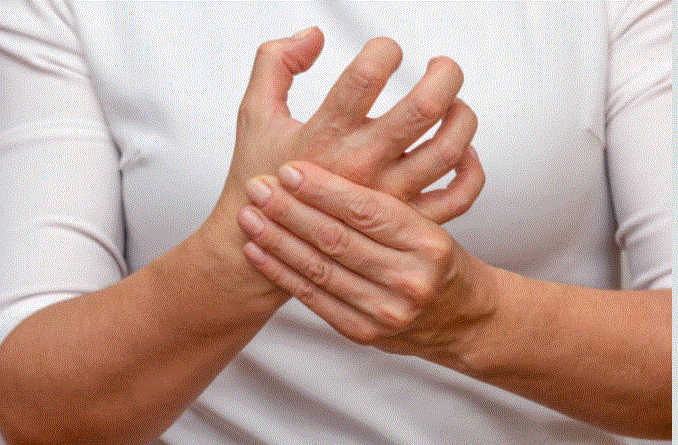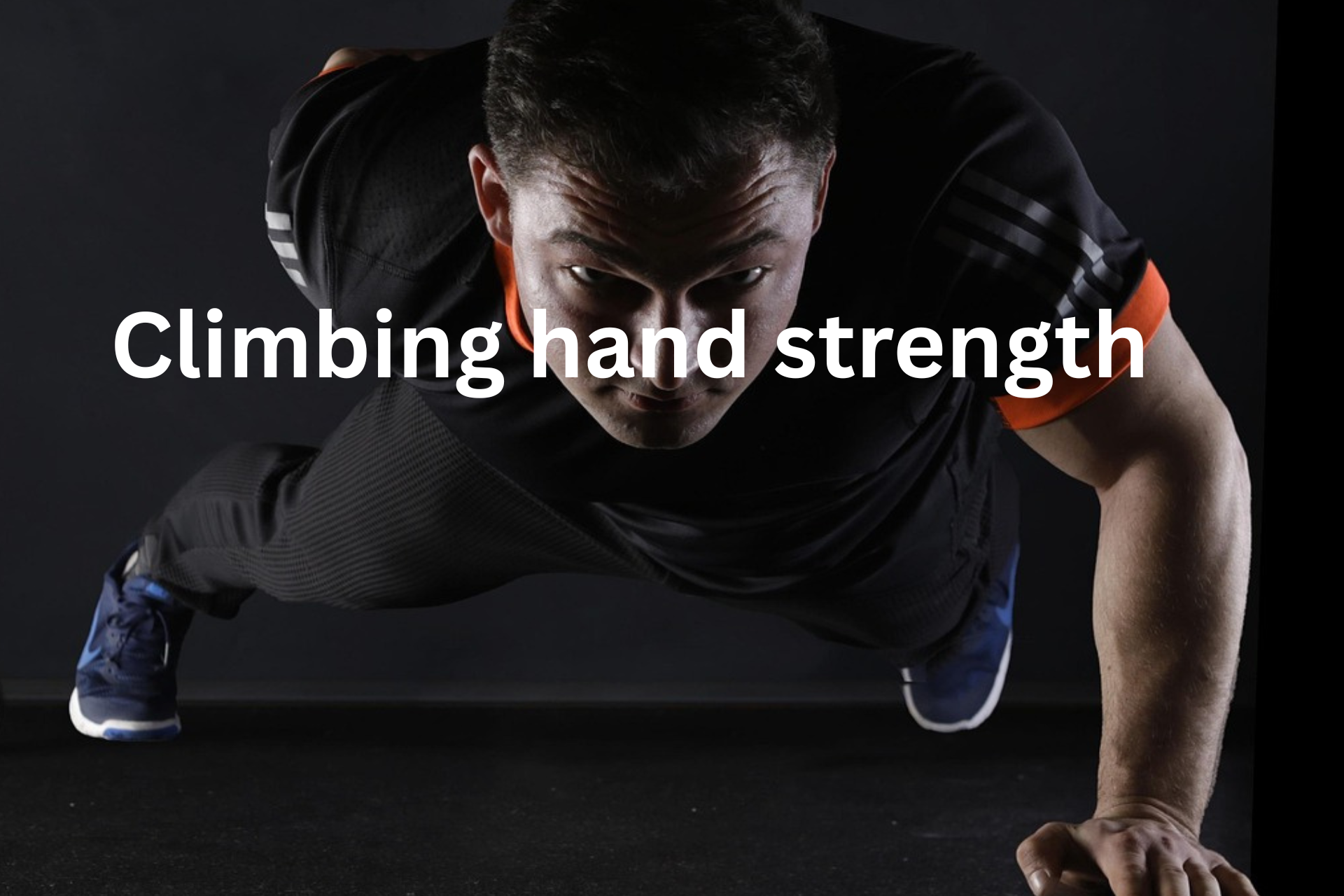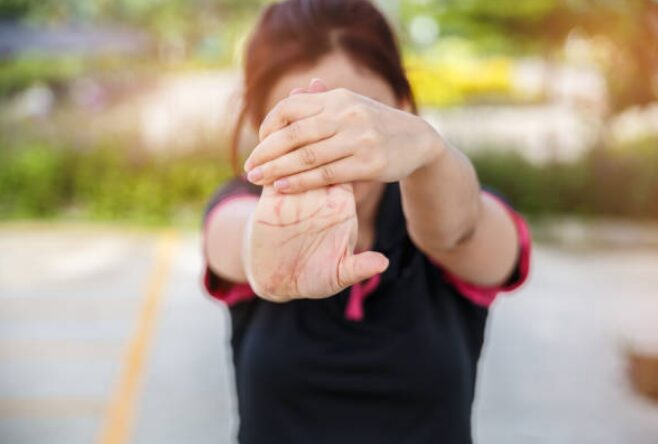Whether you’re a musician, climber, gamer, typist, or someone recovering from an injury, finger blocking exercises can significantly enhance your finger strength, dexterity, and coordination. Such as our hands are complex tools, and improving their agility through targeted finger workouts can yield benefits far beyond just stronger fingers.
Such as in this detailed guide, we’ll dive into the best finger blocking exercises, why they’re important, and how you can implement them in your daily routine to build finger strength and mobility.
What Are Finger Blocking Exercises?
Finger blocking is a technique used to isolate and strengthen individual fingers. Such as it is especially useful in fields like music (guitar, piano), climbing, physical therapy, and even gaming. The goal is to develop control over each finger independently and in combination with others.
Why Are They Called “Blocking” Exercises?
Because you actively block the movement of one or more fingers while moving the others. Such as this creates isolated resistance, improving muscle control and brain-to-hand coordination.
Benefits of Finger Blocking Exercises
- Enhanced Finger Strength:
Such as regular exercises help build stronger tendons and muscles in your fingers and hands. - Improved Dexterity:
Especially beneficial for musicians, artists, and coders who require precise finger movement. - Faster Recovery Post-Injury:
Such as useful in physiotherapy to regain mobility and strength in individual fingers. - Better Hand Coordination:
Essential for guitarists, pianists, and those learning fine motor skills. - Increased Grip Strength:
Such as climbers, lifters, and even desk workers can benefit from improved grip.
Top Finger Blocking Exercises
Such as let’s now dive deeper into the best finger blocking exercises. Each exercise includes:
Pro tips
Step-by-step instructions
Beginner, intermediate, and advanced variations
Purpose
Target muscles
1. Tabletop Finger Lifts
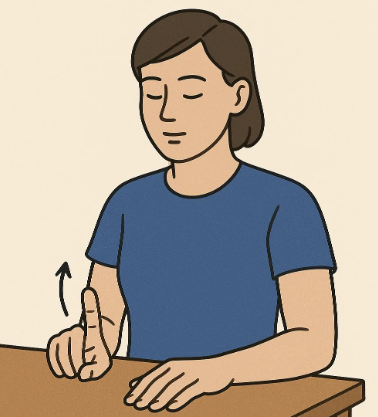
Purpose:
Such as this simple yet powerful drill strengthens finger extensors and builds awareness of finger independence.
How to Do It:
- Place your hand flat on a table or hard surface, palm down.
- Such as spread your fingers slightly apart in a relaxed manner.
- One at a time, lift each finger slowly off the table as high as possible without moving the others.
- Such as hold for 3–5 seconds at the top of the lift.
- Lower the finger slowly and repeat.
Reps:
- Beginner: 2 sets of 8–10 per finger
- Intermediate: 3 sets of 12–15
- Advanced: Such as 4 sets of 15–20 with slow tempo and hold
Targeted Muscles:
- Extensor digitorum
- Lumbricals
- Intrinsic hand muscles
Progression Tip:
Such as place a small weight (like a coin or washer) on the finger to increase resistance.
2. Finger Tap Blocks
Purpose:
Such as great for training independent motion and coordination between finger groups. Perfect for musicians and gamers.
How to Do It:
- Extend your hand with all fingers slightly spread.
- Such as use your opposite hand or a rubber wedge to block movement of your middle and ring fingers.
- Begin tapping your index and pinky fingers up and down.
- Such as switch—block different fingers and tap the remaining ones.
Reps:
- Beginner: 3 sets of 20 alternating taps
- Intermediate: Such as 4 sets of 30
- Advanced: Perform in rhythmic patterns (e.g., 3:2 polyrhythms)
Pro Variation:
Use a metronome app. Try increasing tap speed while maintaining isolation.
Target Muscles:
- Flexor digitorum superficialis/profundus
- Such as flexor/extensor coordination
3. Rubber Band Extensions
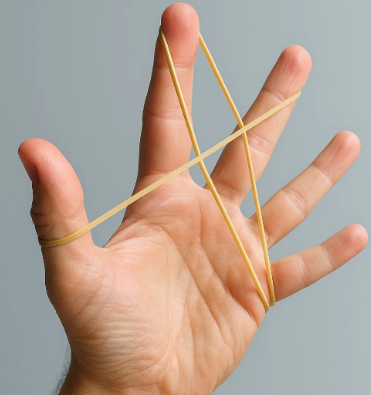
Purpose:
Such as this resistance-based movement targets finger extensors and balances out flexor-dominant muscles.
How to Do It:
- Place a thick rubber band around your five fingers.
- Such as slowly spread your fingers outward, stretching the band.
- Pause for 2 seconds at the widest point.
- Such as slowly bring them back together.
Reps:
- Beginner: 2 sets of 10
- Intermediate: Such as 3 sets of 15
- Advanced: Use two rubber bands stacked for more resistance
Variation:
Such as perform individual finger extensions—block four fingers and extend only one.
Target Muscles:
- Extensor digitorum communis
- Intrinsic hand stabilizers
Pro Tip:
Such as always perform these after any gripping or finger-curling exercises to prevent muscle imbalance.
4. Finger Blocking on Instrument or Keyboard

Purpose:
Such as train real-world finger independence on the actual tool you use—guitar, piano, keyboard, or controller.
How to Do It:
- Such as position your hand on your instrument or typing keyboard.
- Press and hold one or more fingers on a specific string or key.
- Such as move the other fingers in scale patterns, chords, or typing exercises without releasing the blocked ones.
Reps:
- 10 minutes daily
- Such as focus on different blocked combinations each day
Examples:
- Guitar: Hold string on fret 2 with the middle finger, play scales with index, ring, and pinky.
- Piano: Such as hold down a key with your ring finger while practicing arpeggios with the others.
- Typist: Press a random key and keep it pressed while typing an email or short paragraph.
Advanced Variation:
Such as use blindfolds or close your eyes to enhance tactile memory.
6. Wall Spider Walk

Purpose:
Such as improves fine motor control, finger awareness, and joint mobility.
How to Do It:
- Stand next to a wall and place your fingertips lightly against it.
- Such as one finger at a time, “walk” your fingers upward like a spider.
- At a peak height, reverse and walk them downward.
- Such as avoid letting your palm touch the wall—use only fingers.
Reps:
- Beginner: 2–3 climbs
- Intermediate: Such as 5–6 climbs
- Advanced: Do this on a mirror or with finger rings for resistance
Variations:
- Horizontal “crawl” across wall
- Such as spider walk with blocked fingers using finger caps or rubber rings
7. Ball Grip Isometric Block

Purpose:
Such as enhances static hold strength of individual fingers and overall hand stability.
How to Do It:
- Grab a stress ball or tennis ball.
- Such as block three fingers with your other hand, and squeeze the ball using just one finger and your thumb.
- Hold the squeeze for 10 seconds.
Reps:
- Such as 3–5 rounds per finger
- Add sets as endurance improves
Pro Variation:
Such as use a smaller diameter ball to increase the difficulty and focus on finger isolation.
Daily Finger Blocking Routine
| Day | Focus Area | Exercises |
|---|---|---|
| Mon | General Strength | Tabletop Lifts, Rubber Band Extensions |
| Tue | Grip & Endurance | Clothespin Squeeze, Ball Isometric |
| wed | Precision & Control | Spider Walk, Keyboard Drills |
| Thu | Combo + Light Stretch | Mix of All + Stretching |
Pro Tips for Maximum Results
- Consistency Is Key: 10–15 minutes a day can make a noticeable difference.
- Warm-Up First: Such as stretch your fingers and wrists before starting.
- Mind-Muscle Connection: Focus on the finger you’re isolating—this sharpens neural control.
- Track Progress: Such as note improvements in control, strength, and flexibility weekly.
- Rest Days Matter: Avoid overworking your tendons; give them time to repair and grow stronger.
Who Should Do Finger Blocking Exercises?
- Guitarists, Pianists, and Drummers
Build control and stamina in finger movement. - Rock Climbers
Such as improve grip and finger power for challenging routes. - Gamers
Enhance rapid-fire finger coordination for better gameplay. - Writers and Coders
Such as reduce fatigue and avoid repetitive strain injuries. - People Recovering from Hand Injuries
Under professional guidance, blocking exercises help in rehabilitation.
Common Mistakes to Avoid
- Overtraining:
Such as finger tendons are delicate; don’t push too hard, especially in early stages. - Poor Form:
Use a mirror or film yourself to ensure you’re isolating the right fingers. - Skipping Warm-Up:
Such as always stretch before and after to prevent injury. - Inconsistency:
Results depend on repetition—stick to a routine.
Advanced Finger Blocking Drill: The Spider Wal
A favorite among musicians and athletes:
How to Do It:
- Such as place your fingers on a wall or table vertically.
- One at a time, move them “walking” upward or downward while blocking specific fingers from moving.
Focus: Fine motor skills, precision, endurance
FAQs on Finger Blocking Exercises
Q: How long does it take to see results?
A: Such as most people notice improved control and strength within 2–4 weeks with daily practice.
Q: Are these exercises safe for arthritis or carpal tunnel?
A: Yes, but consult a physical therapist for a tailored routine.
Q: Can kids do finger blocking exercises?
A: Such as absolutely—gentle versions can help children with motor development.
Conclusion: Train Smarter, Not Just Harder
Such as finger blocking exercises are a game-changer for anyone looking to build precision, strength, and finger control. Whether you’re trying to crush a guitar solo, scale a rock wall, or type faster and more comfortably, such as these workouts can take your performance to the next level.

